Late, over budget global megaprojects
Delayed and over budget projects
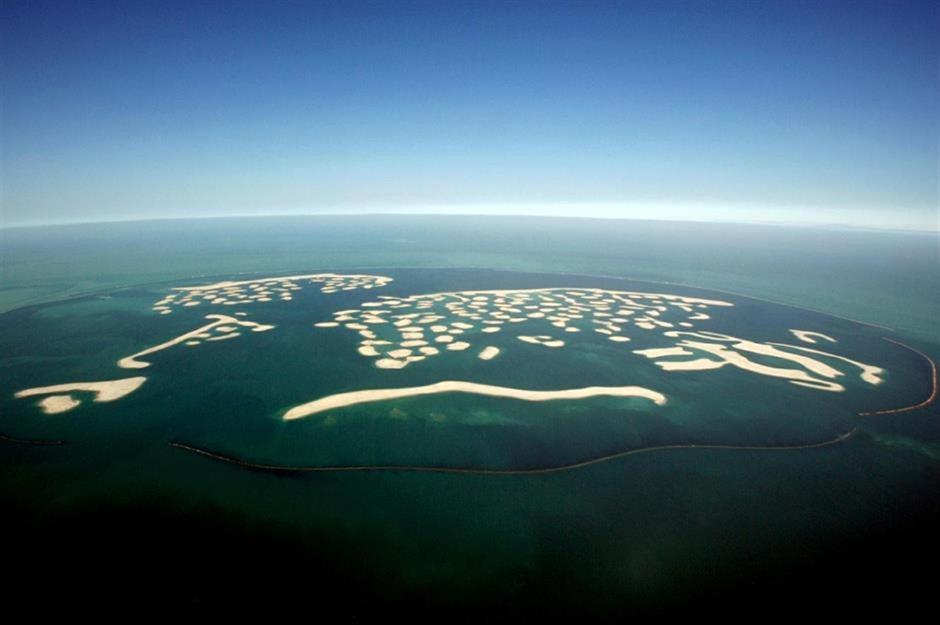
Montreal Olympic Stadium, 1976

The nicknamed ‘Big O’ stadium was rightly renamed the ‘Big Owe’ due to the building coming in at 13 times the original cost estimate. There was a manic scramble to get it finished in time for the Games on 17 July 1976, with 3,000 staff working 24 hours a day in the final months, and even then it wasn't quite finished in time. Reportedly, construction workers were blocking the way of the first athletes coming into the stadium for the opening parade.
Montreal Olympic Stadium, 1976

During the build, architect Roger Taillibert and Montreal's mayor Jean Drapeau, who had commissioned the stadium, faced multiple major obstacles. There were several labour strikes that wiped 30% off the available work time, a tripling of the price of structural steel, as well as corruption among officials. Three decades later, CBC reported that the $1.5 billion debt from the 1976 Summer Games had finally been paid off.
Hubble Space Telescope, 1990
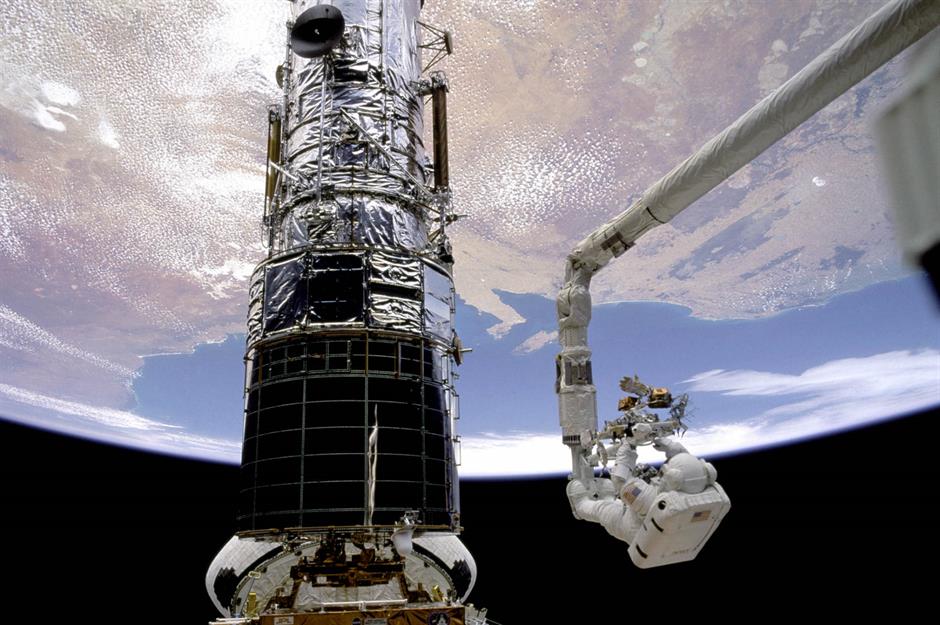
Hubble Space Telescope, 1990

The Hubble took 20 years to build – at least seven years longer than planned. Plus, it cost three times the original estimate coming in at $1.5 billion at the time, which is the equivalent of $2.9 billion (£2.4bn) in today's money. Despite the cost, technical problems persisted even after the launch, including the malfunctioning of the solar panels which powered the telescope and flaws in the mirrors which help produce images.
The Channel Tunnel, 1994
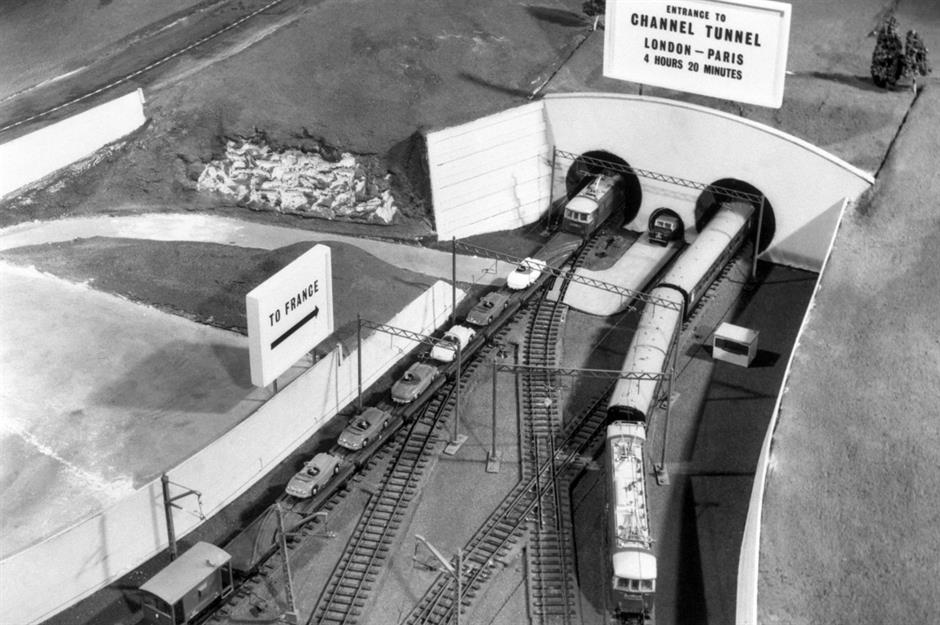
Cost overruns for megaprojects are incredibly common: the McKinsey Global Institute estimates that global infrastructure spending will account for 4% of global GDP between 2013 and 2030, the bulk of which is funnelled into large-scale projects. The Channel Tunnel is a prime example, running 80% over budget at a cost of £4.65 billion, which would be $14.5 billion (£12bn) today. It wasn't until the year 2011 that the tunnel finally began making a profit, 17 years after it was opened.
The Channel Tunnel, 1994

Broadly speaking, the tunnel has been a success, providing an essential link for trade and passengers between the UK and mainland Europe. However, fires, faulty power lines and other engineering issues have all added to the financial woes of Eurotunnel, the company that built and opened the channel. Eurotunnel was slipping towards bankruptcy in 2007 before the company was restructured and shareholders exchanged their stock for shares in a new company, Groupe Eurotunnel.
Denver International Airport, 1995
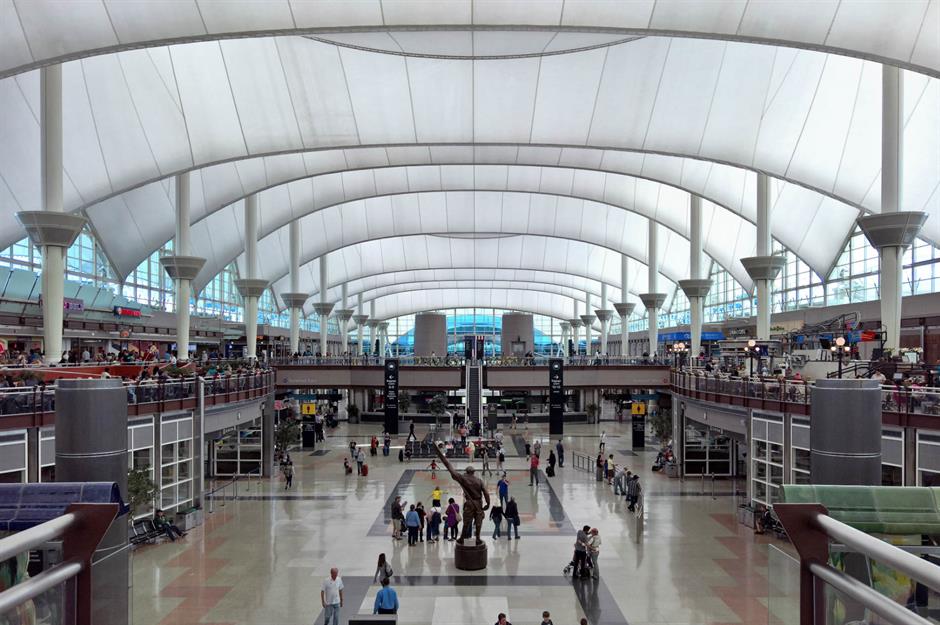
When Denver’s new airport was finally complete, 16 months late, it was hailed as an economic catalyst by proponents and a legally dubious, colossal waste of money by critics. The New York Times reported that the project had cost $4.9 billion at completion, equivalent to $8.2 billion (£6.8bn) in today's money. This made it three times over budget – leading to the project's own financers filing suits.
Denver International Airport, 1995
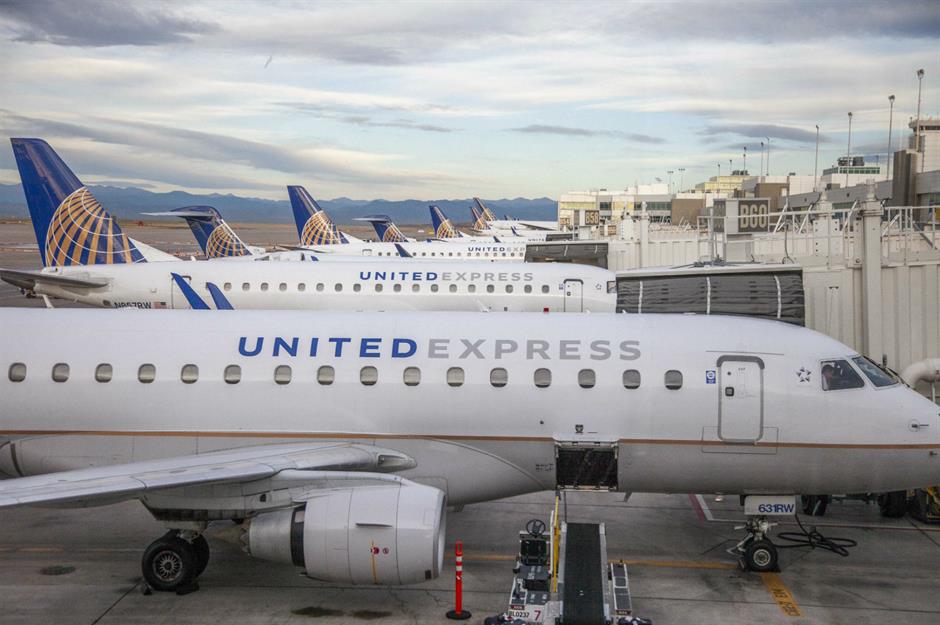
Huge overspends resulted from multiple setbacks to planning and construction. Perhaps the single most costly failure was, ironically, the airport’s key selling point – an ultra-modern, fully automated baggage system. It initially malfunctioned and shredded bags, costing more than $100 million to get into working order. Since then, the airport has been the subject of a host of conspiracy theories, from the theory that markings on the airport floor are satanic symbols, to the idea that its underground bunkers might be a secret lair.
Denmark's Great Belt Fixed Link, 1998
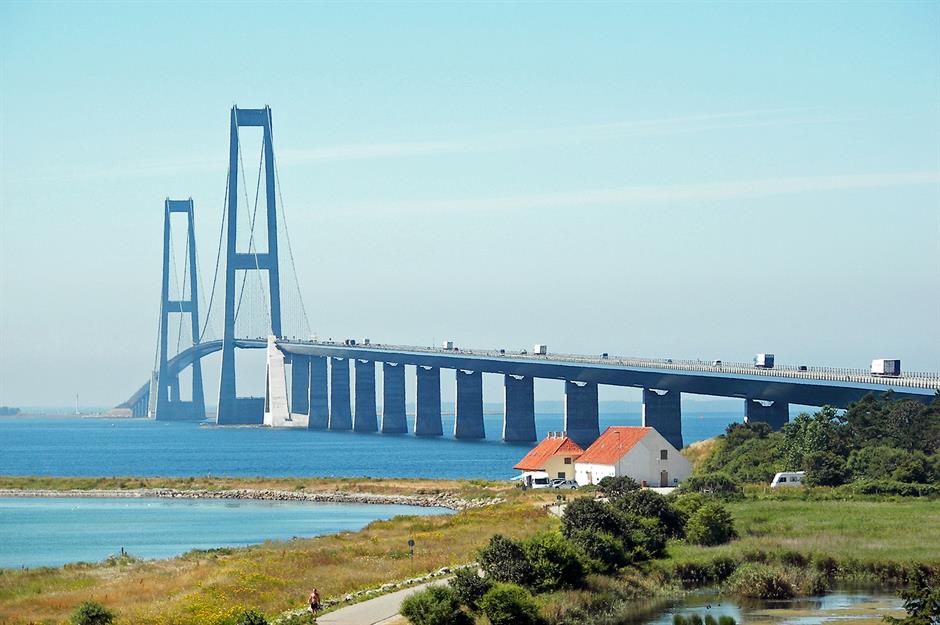
Denmark's Great Belt Fixed Link, 1998

London Jubilee Line extension, 1999
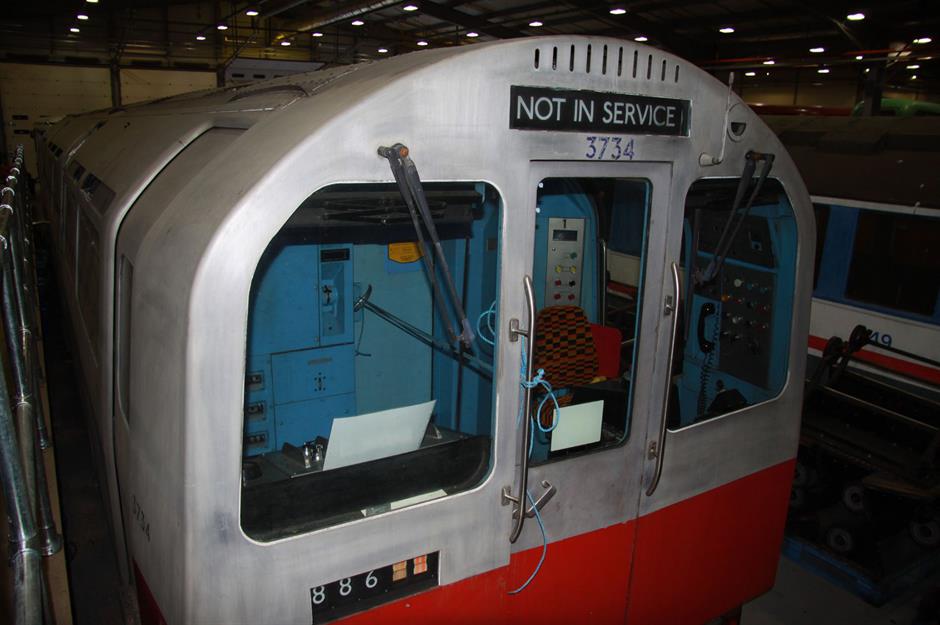
London Jubilee Line extension, 1999
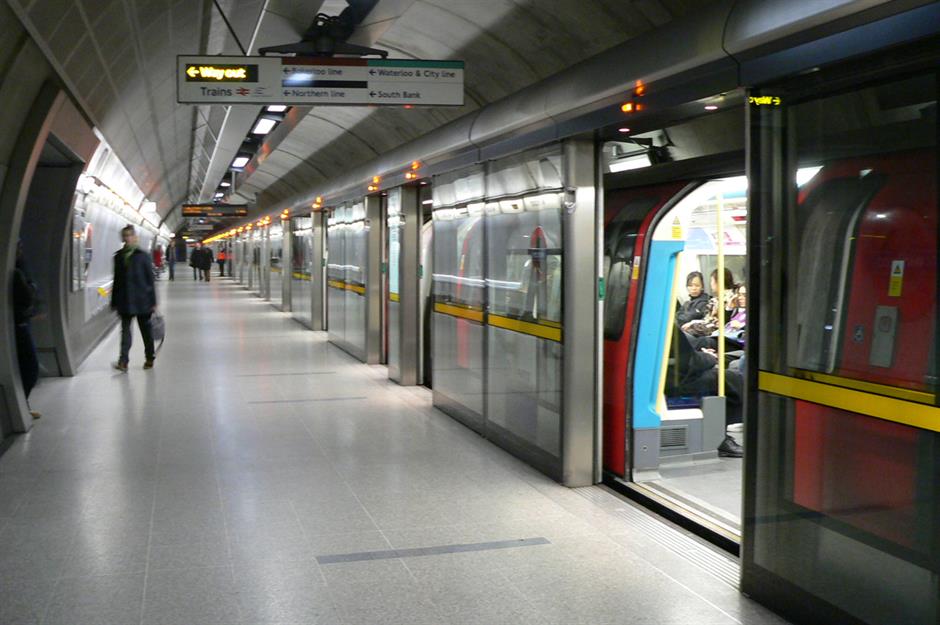
The 10-mile extension, stretching from central London to Stratford, was originally meant to cost £900 million and open by 1996. However, signalling issues, poor management and technical delays put a hold on the project. What’s more, electricians working on the extension became increasingly annoyed by the delays and demanded higher pay, which only added to the problem of an ever-increasing budget.
Yangtze River Three Gorges Dam, 2003
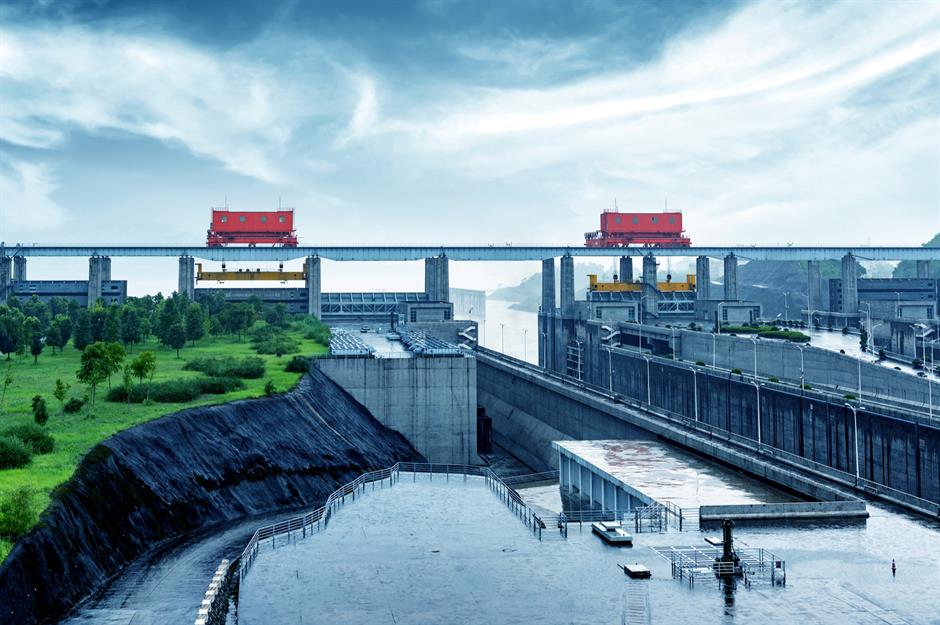
A project that’s been mired in controversy from the get-go, the idea for the Three Gorges Dam on the Yangtze River, China, was proposed in 1919 by politician Sun Yat-Sen. But it wasn’t until the mid-1950s that the idea was given serious attention, and due to the Chinese civil war, building work didn’t start until 1994. The largest hydroelectric power plant in the world, it was built by 40,000 workers over the course of 12 years. It was the subject of rumours on social media recently, with images circulating that showed the dam at risk of collapse, but officials denied the claims.
Yangtze River Three Gorges Dam, 2003
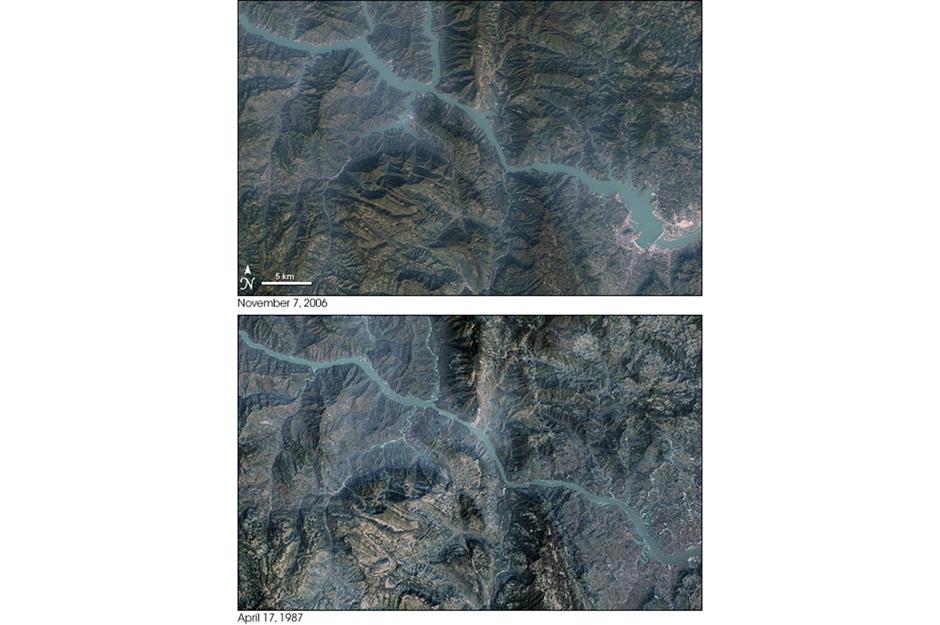
During its construction the project wasn’t short of critics either. Damaging ecosystems and displacing 1.2 million people, as well as submerging entire villages in order to be built, before and after pictures like these show the dramatic change in the landscape it has caused. Plus, the project cost more than four times the original budget of $8.35 billion: it was reported to have cost $37.23 billion in 2009, the equivalent of $44.5 billion (£36.8bn) in today’s money.
Scottish Parliament Building, 2004
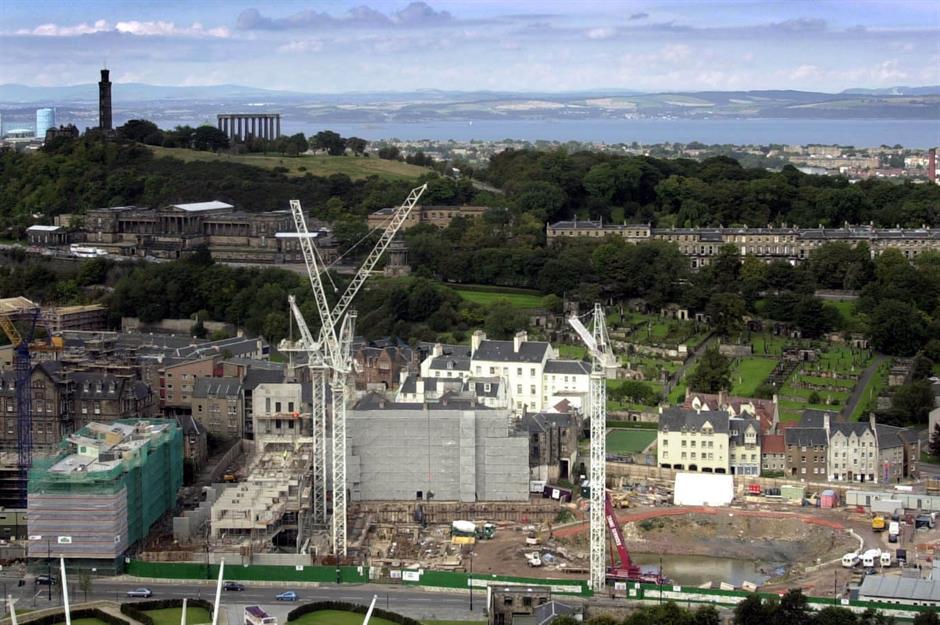
Built to be the pride of Scotland, this project came in three years late and 10 times over budget at a total cost of £414 million, which would be $681 million (£564m) in today's money. To add insult to injury, recent reports have suggested that the building may only have a remaining "estimated useful life" of 44.5 years, meaning that by 2060 it may need a massive refit.
Scottish Parliament Building, 2004
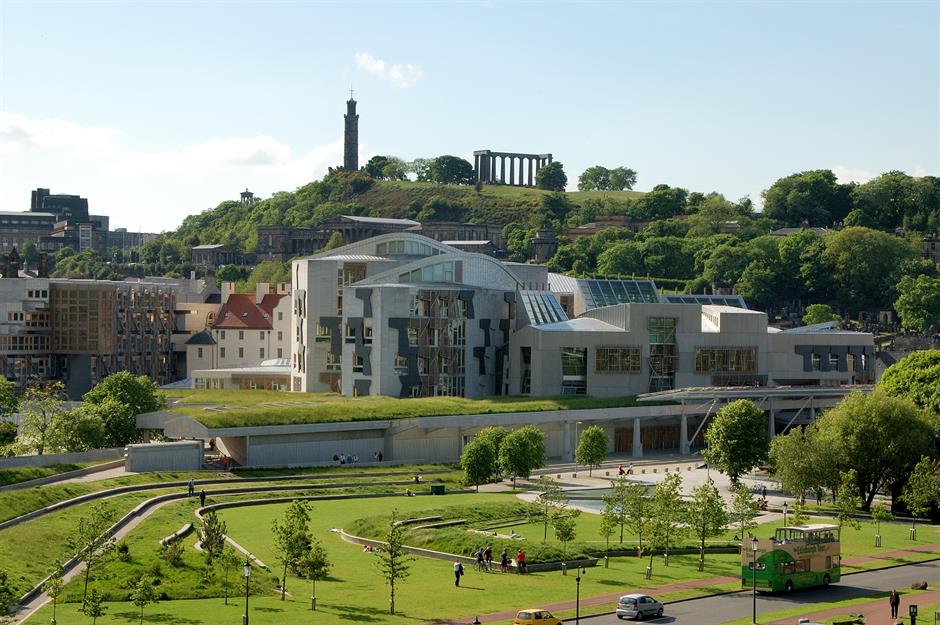
Designed by Spanish architect Enric Miralles, the project wasn't without controversy. Lord Fraser of Carmyllie, a prominent Scottish politician, launched a public inquiry into the construction in 2004. His conclusions were that the handling of construction, by everyone from consultants to contractors and MSPs, ought to have been better managed in order to avoid the massive costs and delays. Despite criticisms, the unusual building has attracted critical acclaim, being awarded the 2005 Stirling Prize for the best building in the UK.
Boston’s Big Dig, 2007
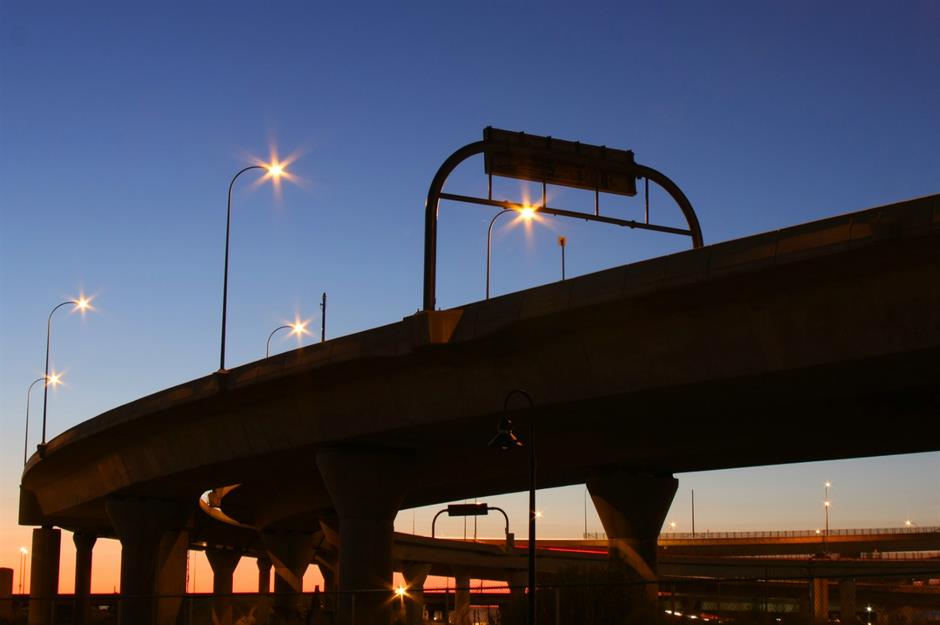
Widely known as the most expensive highway in US history, this megaproject ballooned from a budget of $2.8 billion to a total spend of $14.8 billion, although in July 2012 the Massachussetts Department of Transportation estimated that the actual cost was more than $24 billion (£19.9bn). What's more, it was finished eight years behind schedule, although many sections of the road had been in operation before the project was fully completed in December 2007.
Boston’s Big Dig, 2007
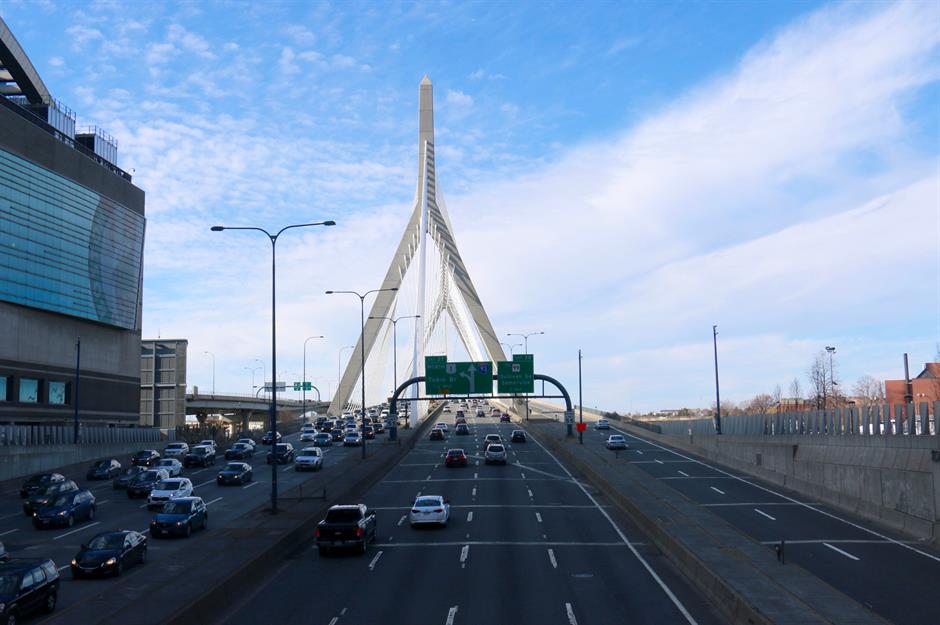
Since opening, the development continues to receive mixed responses. On one hand, it's been mired by controversies, the most prominent of which was the leaking of seawater onto tracks during construction in 1991, causing a ceiling panel to fall onto a car and killing a passenger. On the other hand, the project is widely thought to have had a positive impact on the development of the city, turning it into a real estate and manufacturing hub.
Compostela City of Culture, 2011
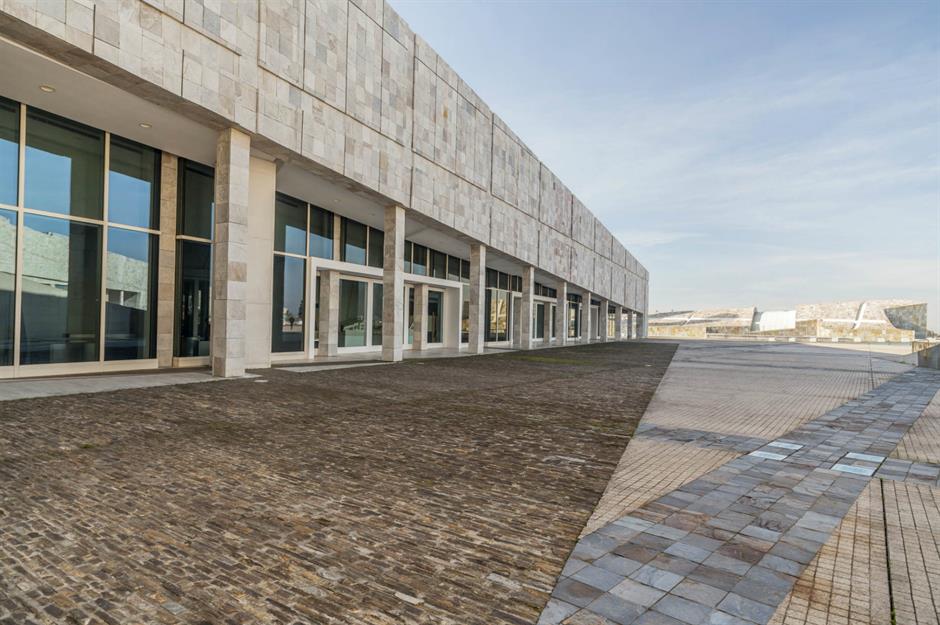
During the early 2000s economic boom in Spain, Galicia’s former leader, Manuel Fraga, set out to build a sprawling complex of six buildings dedicated to showcasing Galician culture. He enlisted the help of American architect Peter Eisenman and set a budget of €129 million for the entire build. In 2011 when it was still only half-built, it was reported that the building had already cost four times more than planned, at €400 million ($448.6m/£371.4m).
Compostela City of Culture, 2011
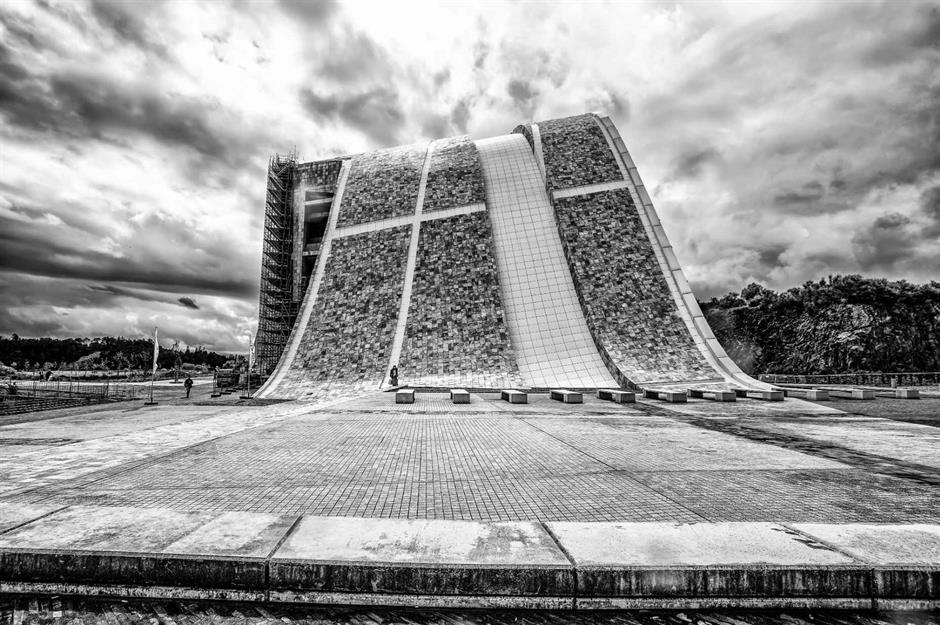
Galicia's flagship cultural project now comprises four large empty buildings and two big holes in the ground. In 2013, Spanish newspaper El País estimated that the complex would set the taxpayer back at least another €170 million ($191m/£158m) – unaffordable in a time of austerity. With the upkeep and millions more dollars haemorrhaged on unpopular exhibitions, the Galician government decided to end work and so the project remains incomplete.
Sochi Olympics, 2014
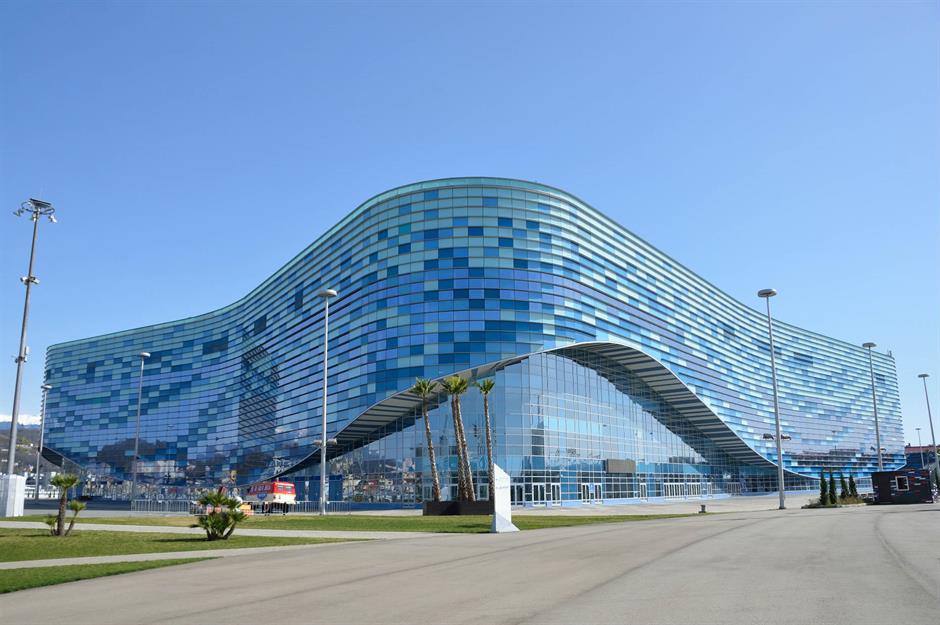
Why did the Sochi Olympics cost 325% more than budgeted, setting Russia’s taxpayers back $51 billion (£42.2bn)? In a word, corruption. This was the most expensive – and controversial – Olympics in history due to corruption being endemic in the Russian construction industry. Two members of the opposition party, Leonid Martynyuk and Boris Nemtsov, claimed in a 2013 report that up to $30 billion (£24.8bn) of the budget had gone missing in "kickbacks and embezzlement" to Putin's close associates.
Sochi Olympics, 2014
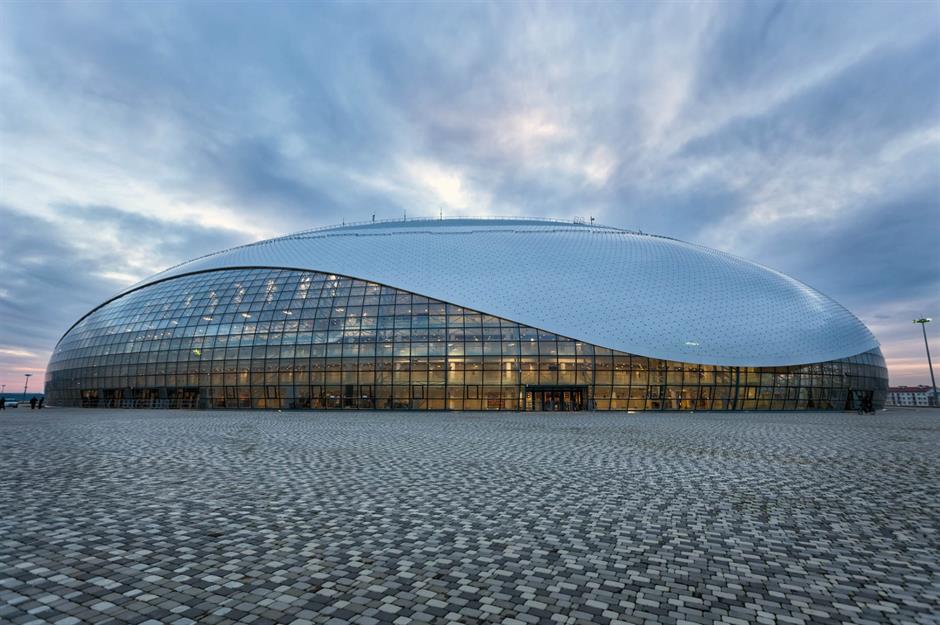
Although the project was technically finished in time, it came at a high cost to the workers. Human Rights Watch reported that some 16,000 migrant workers were employed on the project, working 12-hour shifts, seven days a week under immense pressure to get it finished in time, often being paid as little as $1.80 (£1.50) an hour. What's more, some infrastructure remained unfinished at the start of the Games, including hotels without lobbies, working elevators or running water.
Edinburgh tram system, 2014
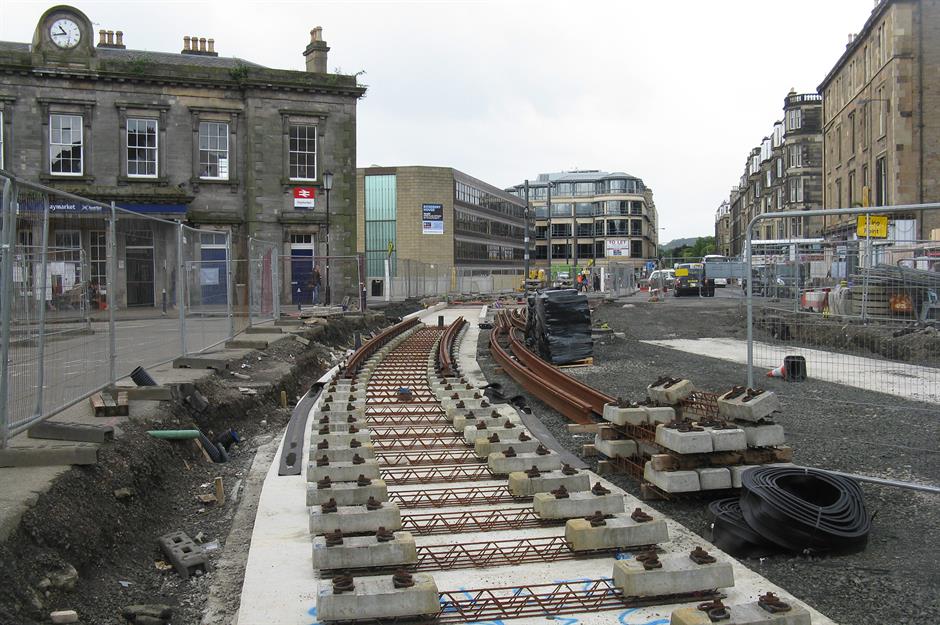
Costing twice its original budget, opening three years late and offering a far more limited network than originally planned, the tram system in Edinburgh, Scotland, wasn’t exactly a hit with the city's residents. Construction began in 2007, with the network supposed to encompass several lines including a route between Leith and Newhaven.
Edinburgh tram system, 2014
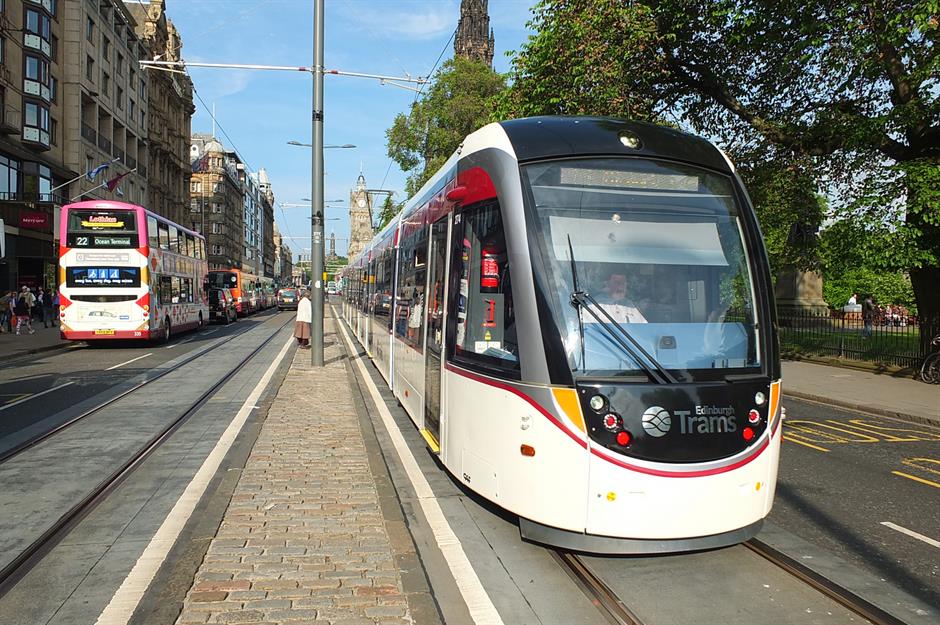
Brazil World Cup Stadiums, 2014
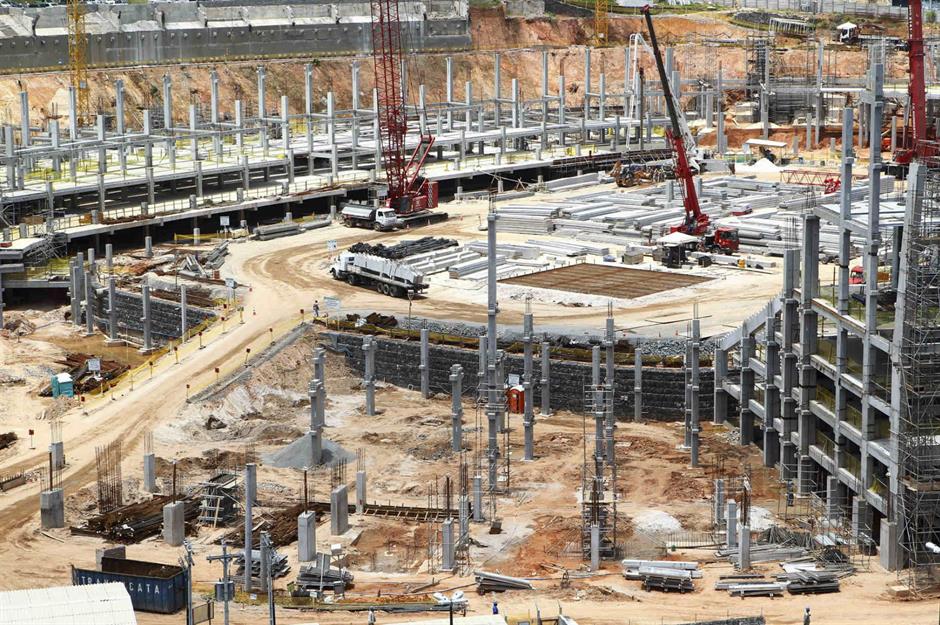
Three years before the opening game of the Brazil World Cup, the São Paulo arena set to host the match hadn't left the drawing board. Fast forward to 1 June 2014, 11 days before the World Cup's opening match was due to kick off, and the Arena Corinthians was reportedly only able to be filled to three-quarters of its capacity for the final test match, with two temporary seating areas unfinished.
From China's Great Wall to the US interstate highway: the most expensive megaprojects ever
Brazil World Cup Stadiums, 2014
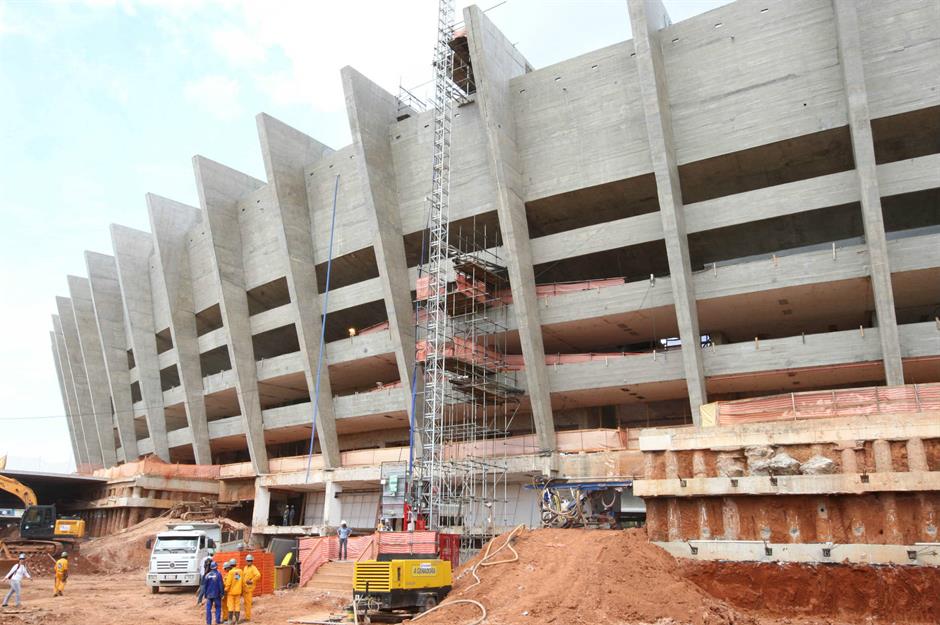
Brazil spent $15 billion (£12.4bn) in total, including $3 billion (£2.5bn) on new and refurbished stadiums – three times the budget. Up to 90% of the money for the stadiums came from the public purse, despite former president Lula da Silva’s promise that all stadiums would be privately financed. While the stadiums were finished on time, only six of the 35 promised public transportation projects were completed on schedule.
Oculus World Trade Center transit hub, 2016
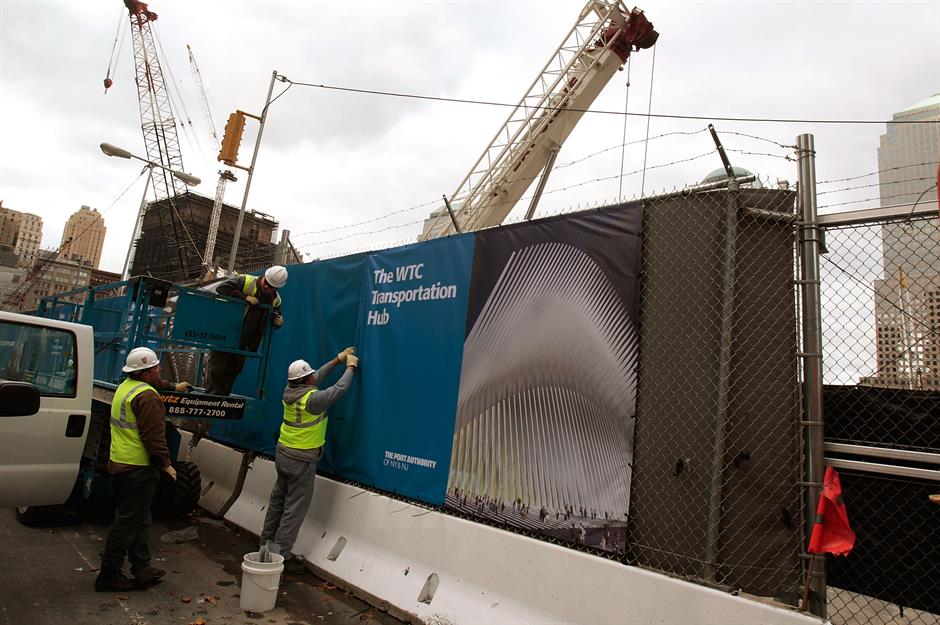
Built on the site of the former World Trade Center in New York, the Oculus transit hub was designed to replace the destroyed Port Authority Trans-Hudson (PATH) station, as well as serving as a memorial to the 3,000 people who lost their lives in the 9/11 attacks. While it’s been praised for its cutting-edge architectural design – with wing-like roof panels evoking a dove in flight – not everyone has been pleased with the project.
Oculus World Trade Center transit hub, 2016
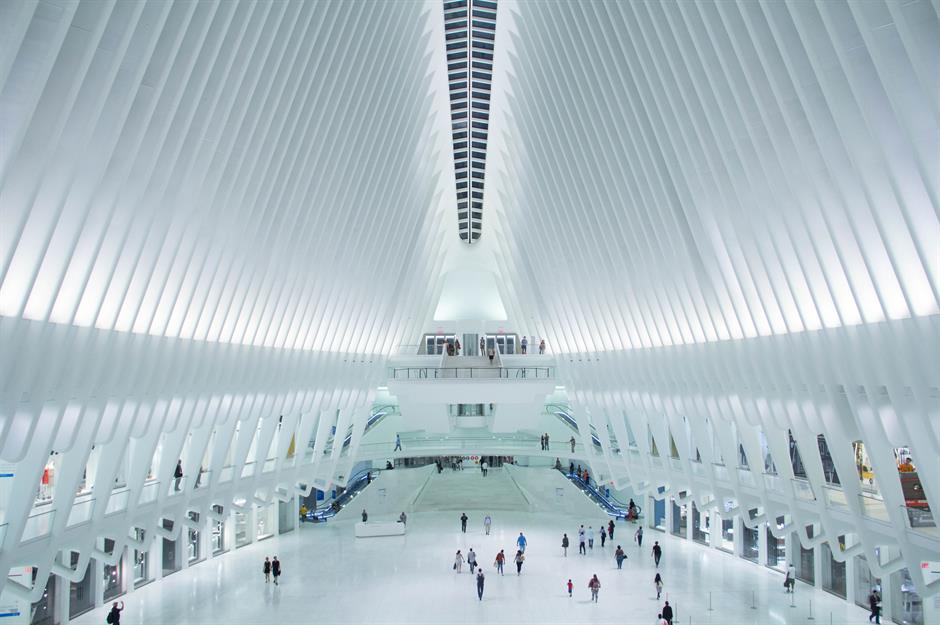
Berlin Brandenburg airport, 2020
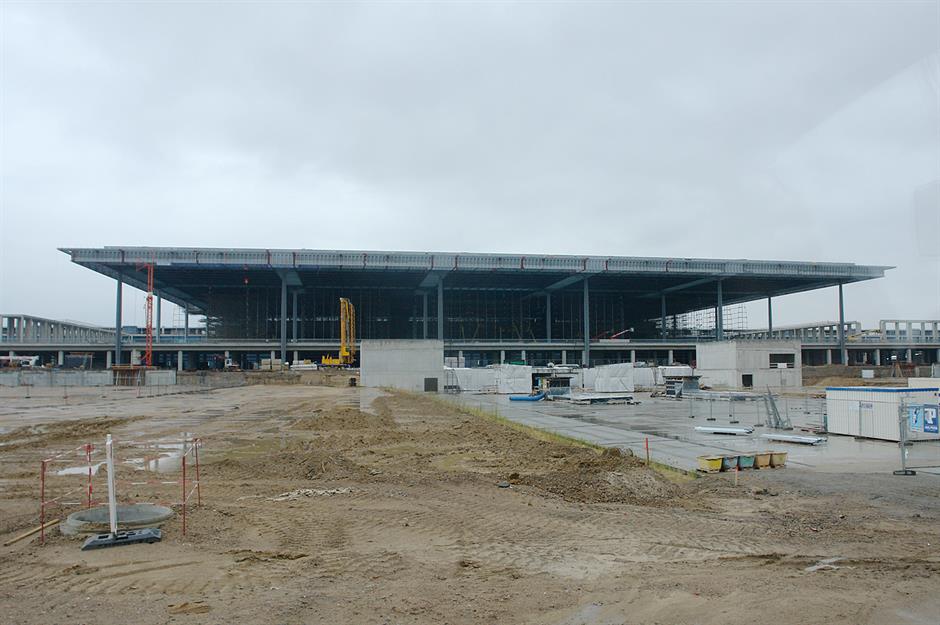
Berlin Brandenburg airport, 2020
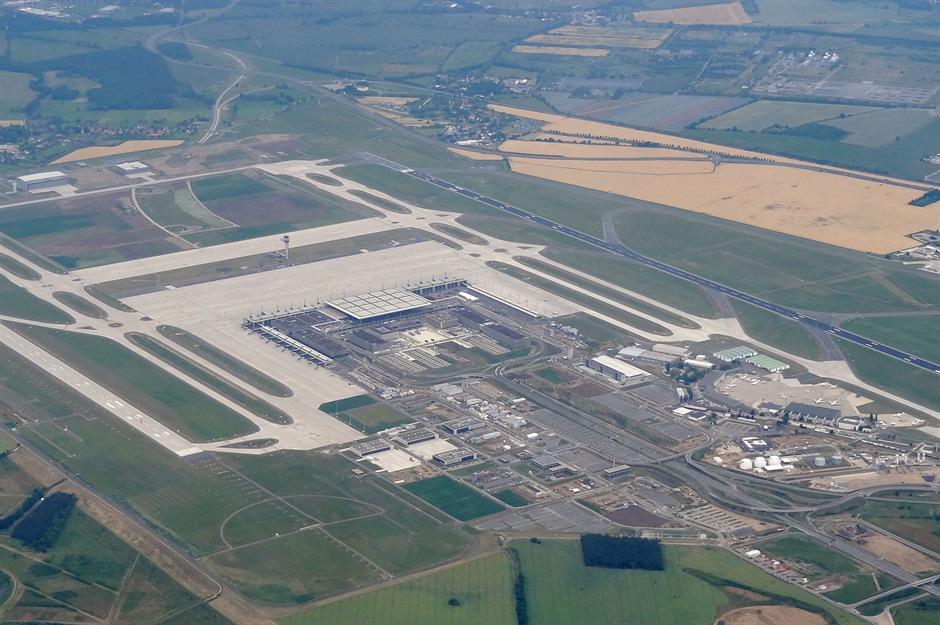
The project was started in 2006, but there have been many issues with management and contractors hired on the project. It cost more almost three times as much as planned – €7 billion ($7.9bn/£6.5bn) – compared to the original budget of €2.4 billion. On top of all that, when it did finally open the COVID-19 pandemic meant very few people actually used it.
The World, 2021
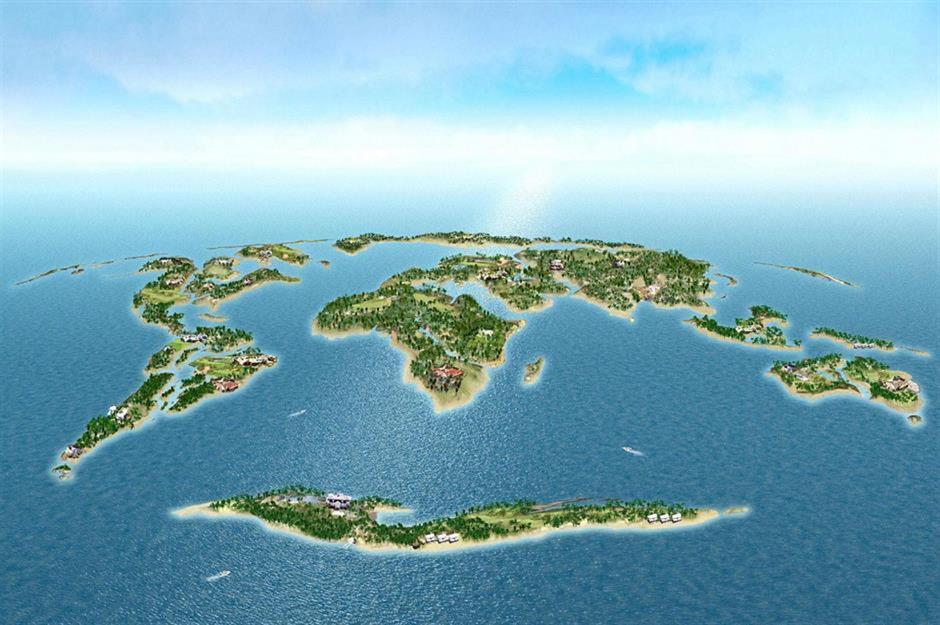
Unveiled in 2003, The World is an artificial archipelago of 300 islands off the coast of Dubai. The islands are arranged in the shape of the world map, with each one representing a certain country. The megaproject was developed by Nakheel Projects, the Dubai property developer behind popular tourist attractions such as Palm Island. But as the global financial crisis hit in 2008, The World came to a grinding halt, leading Guardian journalist Oliver Wainwright to describe it as "Dubai's ultimate folly."
The World, 2021
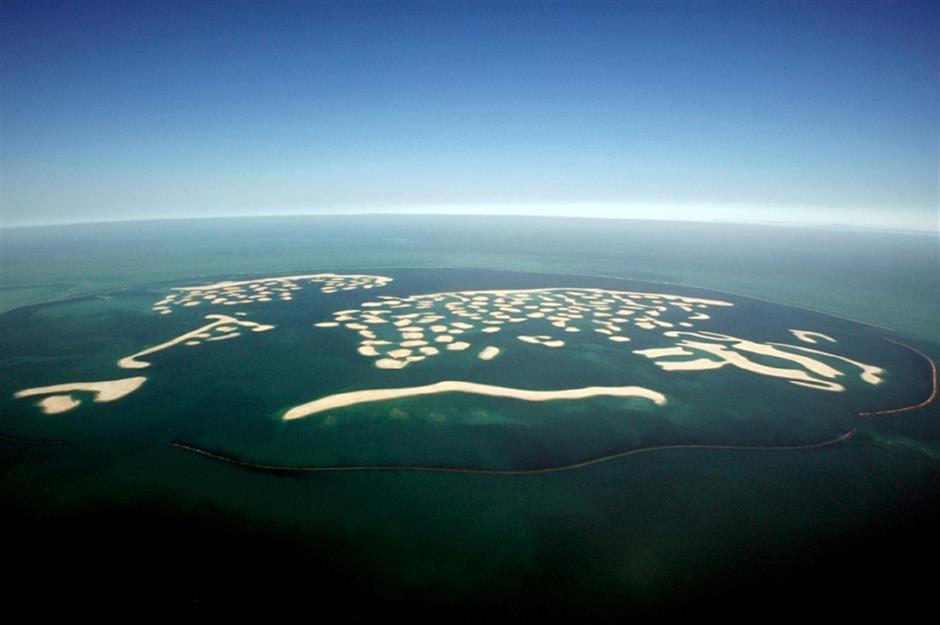
Problems have plagued The World ever since. In 2009, it was suggested that some of the islands were sinking into the sea, while the owner of the island representing Great Britain was jailed for fraud. As of 2022, the majority of the islands remain untouched, though construction of the $5 billion (£4.1bn) Heart of Europe islands began in 2019 and was supposedly due to open in 2020. Only the Lebanon island is currently open for business, with restaurants, swimming pools, and a beach club some of the attractions on offer. It's also possible to hire the island for exclusive events such as weddings or private parties – though unsurprisingly this doesn't come cheap, at a cost of AED 50,000 ($13.6k/£10.2k) for 10 hours.
Budget-busting megaprojects that are coming soon – or are they?
Comments
Do you want to comment on this article? You need to be signed in for this feature